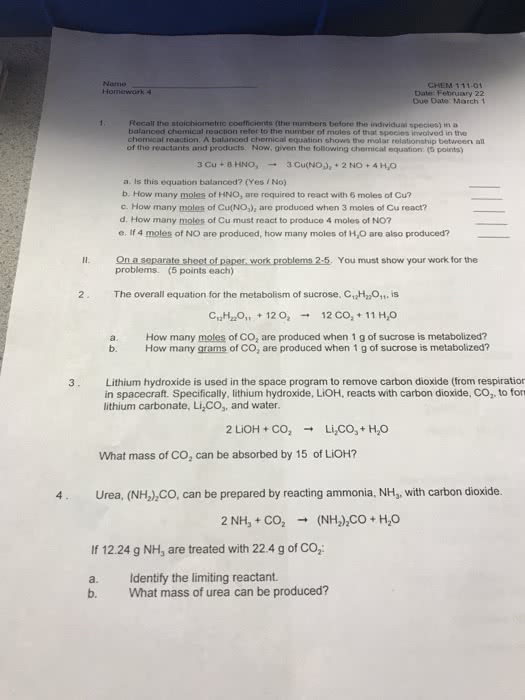CHM362H5 Lecture Notes - Lecture 25: Urea Cycle, Glutamine, Protist
Document Summary
Lysine biosynthesis: lys derived from (cid:1)-ketoglutarate, must add one carbon - it"s done as in tca to yield -ketoadipate, transamination gives (cid:1)-aminoadipate, adenylylation activates the (cid:2)-cooh for reduction, reductive amination give saccharopine, oxidative cleavage yields lysine. Lysine biosynthesis, cont"d: look at the pathway from fungi and protist euglena analogous to citrate synthase. Figure 25-24 top p862 analogous to the aconitase reaction. Amino acid degradation: amino acid breakdown provides some, if very little metabolic, energy. Amino acids released during normal protein turnover exceed synthesis needs. In diseases in which carbohydrates can not be metabolized (i. e. diabetes mellitus: 20 common amino acids are degraded by 20 different pathways, degradation of 20 amino acids produces just 7 metabolic intermediates. Amino acid degradation: breakdown of glu, gln, pro, arg (and his) -ketoglutarate, breakdown of lys proceeds by several pathways. Reverse of lys synthesis pathway to -ketoadipate.


